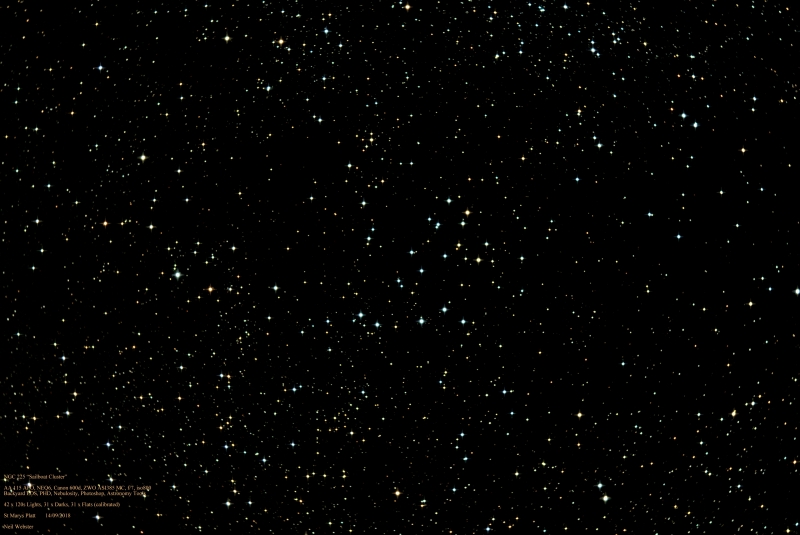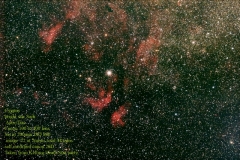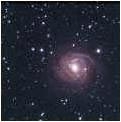[et_pb_section fb_built="1" _builder_version="3.22"][et_pb_row _builder_version="3.25" background_size="initial" background_position="top_left" background_repeat="repeat"][et_pb_column type="4_4" _builder_version="3.25" custom_padding="|||" custom_padding__hover="|||"][et_pb_text _builder_version="3.27.4" z_index_tablet="500"]
The Pacman Nebula, NGC 281, IC 11 or Sh2-184 is a bright emission nebula and part of an H II region in the northern constellation of Cassiopeia and is part of the Milky Way's Perseus Spiral Arm. It is 20×30 arcmin in size.
[/et_pb_text][/et_pb_column][/et_pb_row][et_pb_row _builder_version="3.25" background_size="initial" background_position="top_left" background_repeat="repeat"][et_pb_column type="4_4" _builder_version="3.25" custom_padding="|||" custom_padding__hover="|||"][et_pb_text admin_label="Images by Kevin Langford" _builder_version="3.18.7" global_module="3167" saved_tabs="all"]
Images by Kevin Langford
[/et_pb_text][/et_pb_column][/et_pb_row][et_pb_row _builder_version="3.25" background_size="initial" background_position="top_left" background_repeat="repeat" column_structure="1_4,1_4,1_4,1_4"][et_pb_column type="1_4" _builder_version="3.25" custom_padding="|||" custom_padding__hover="|||"][et_pb_text admin_label="KL Image" _builder_version="3.27.4" z_index_tablet="500"]
[/et_pb_text][/et_pb_column][et_pb_column type="1_4" _builder_version="3.25" custom_padding="|||" custom_padding__hover="|||"][/et_pb_column][et_pb_column type="1_4" _builder_version="3.25" custom_padding="|||" custom_padding__hover="|||"][/et_pb_column][et_pb_column type="1_4" _builder_version="3.25" custom_padding="|||" custom_padding__hover="|||"][/et_pb_column][/et_pb_row][et_pb_row _builder_version="4.7.7" _module_preset="default"][et_pb_column _builder_version="4.7.7" _module_preset="default" type="4_4"][et_pb_text admin_label="Images by Neil Webster" _builder_version="3.27.4" saved_tabs="all" global_module="3174"]
Images by Neil Webster
[/et_pb_text][et_pb_text _builder_version="4.7.7" _module_preset="default" hover_enabled="0" sticky_enabled="0"]
[caption id="" align="aligncenter" width="800"]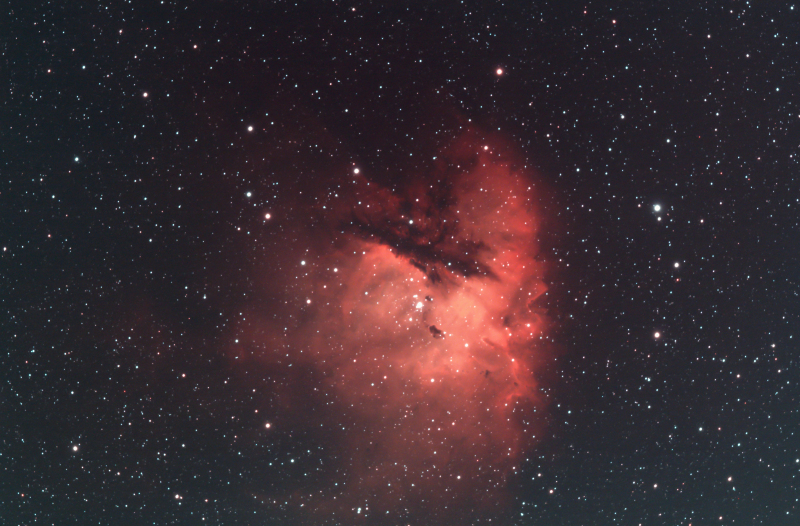 Image by Neil Webster - No Details Provided[/caption]
Image by Neil Webster - No Details Provided[/caption]
[/et_pb_text][/et_pb_column][/et_pb_row][/et_pb_section]

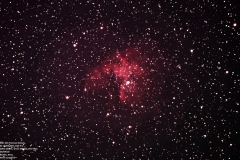
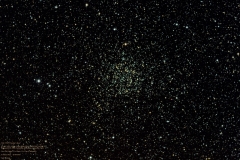
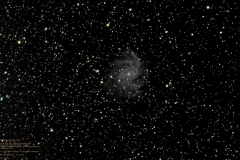

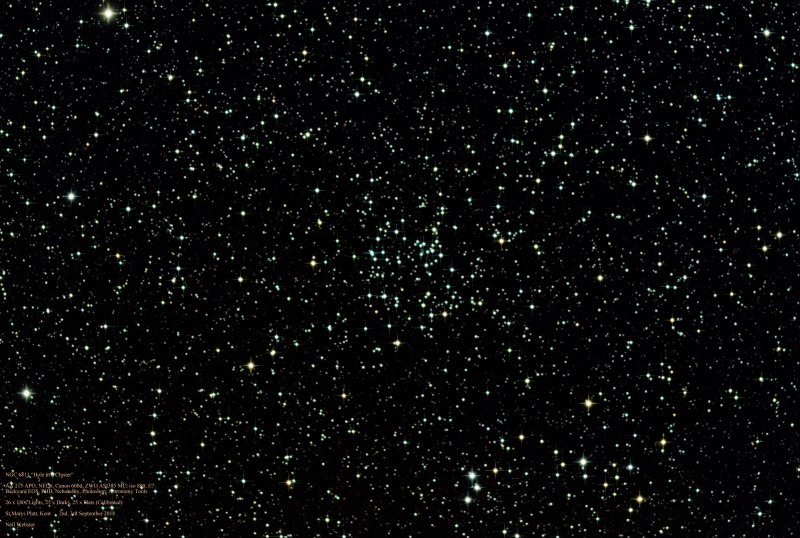
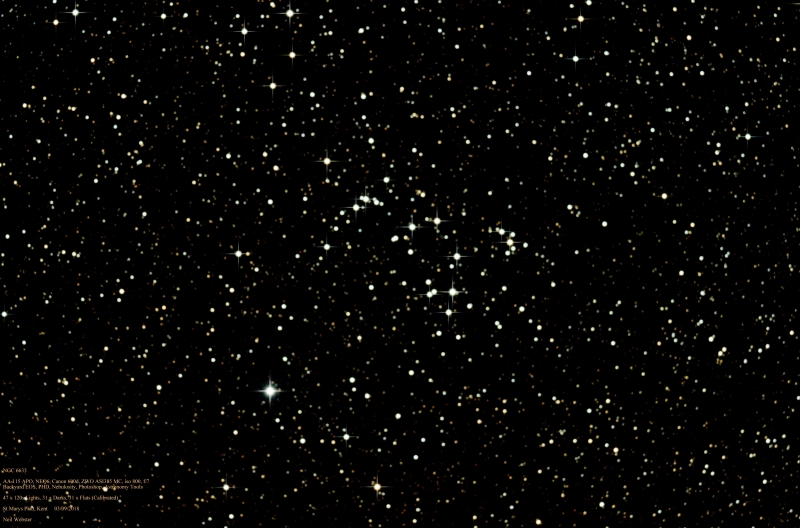 Altair Astro 115 APO, NEQ6, Canon 600D, ZWO AS1385 MC, ISO 800, f/7
Altair Astro 115 APO, NEQ6, Canon 600D, ZWO AS1385 MC, ISO 800, f/7